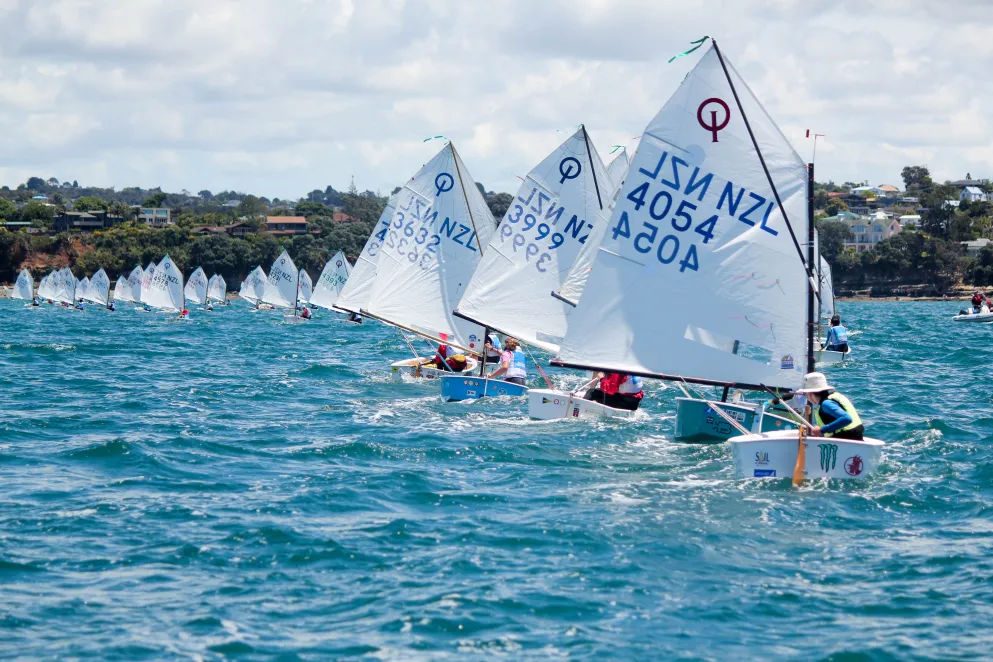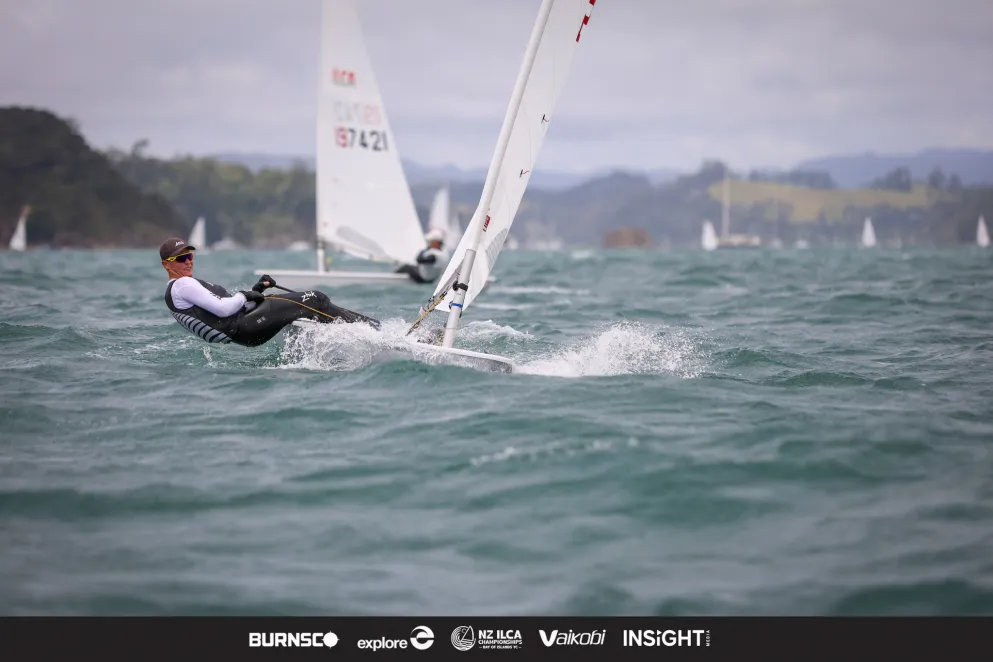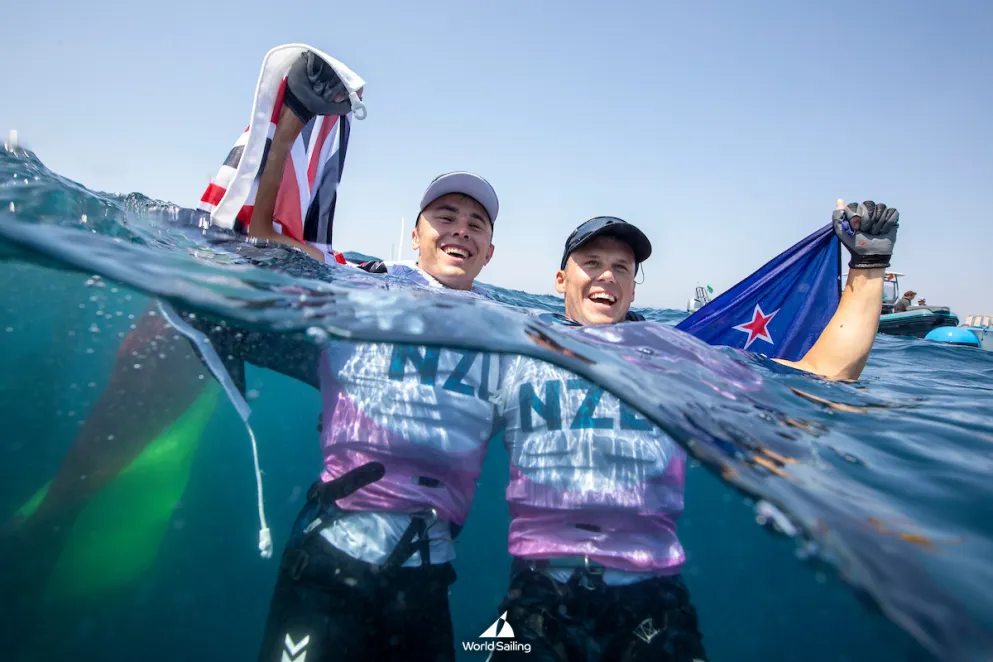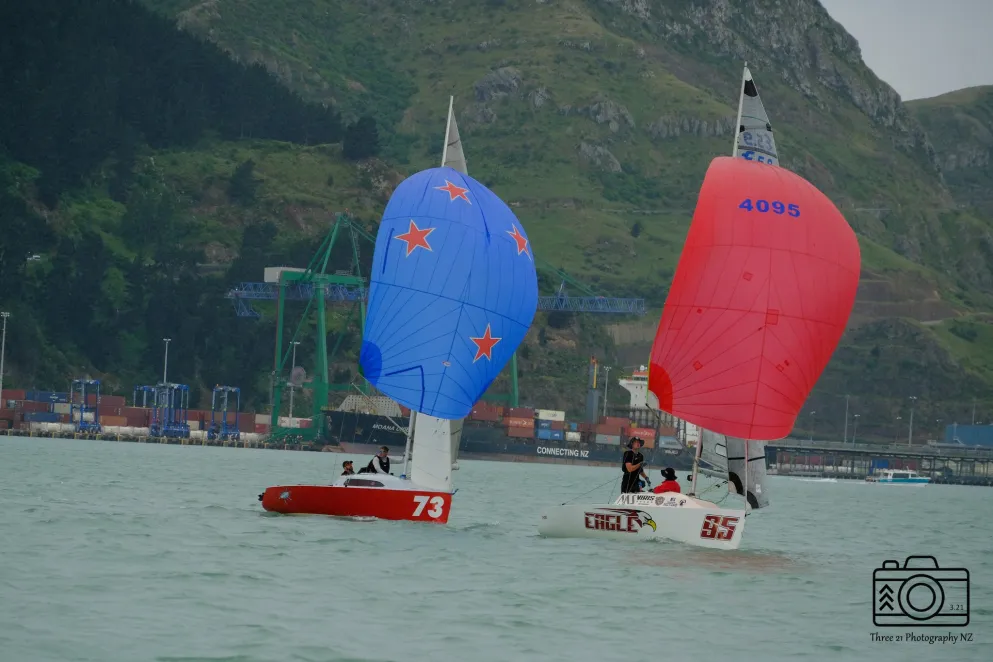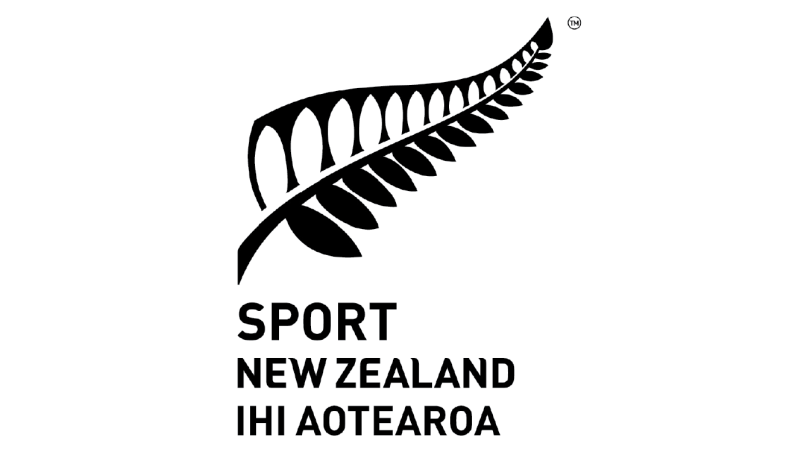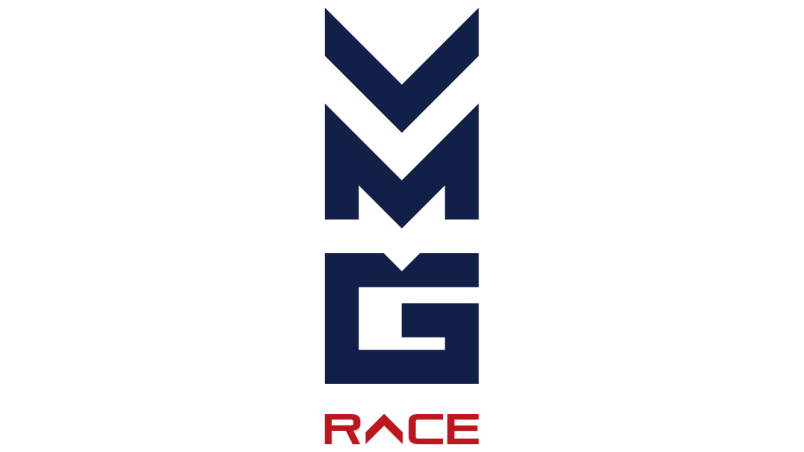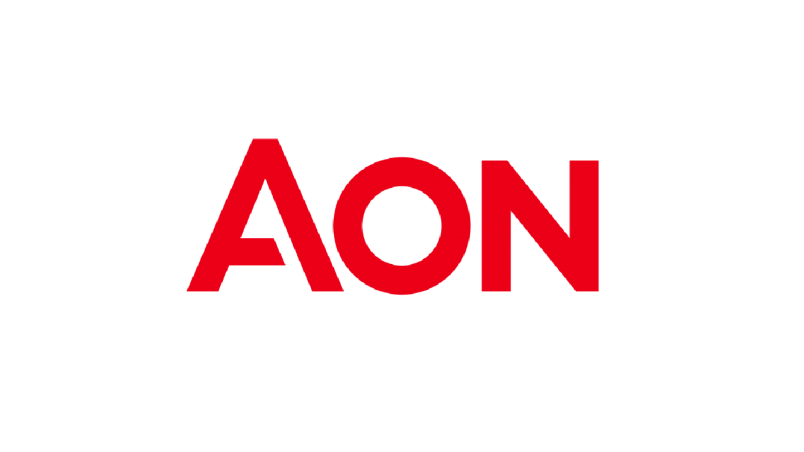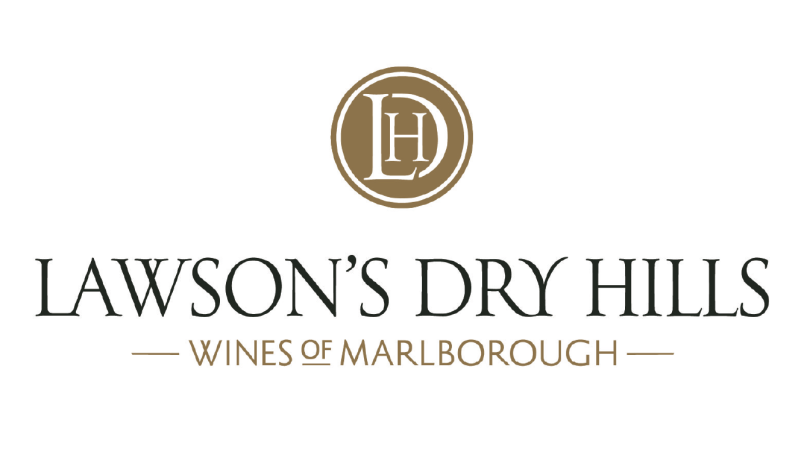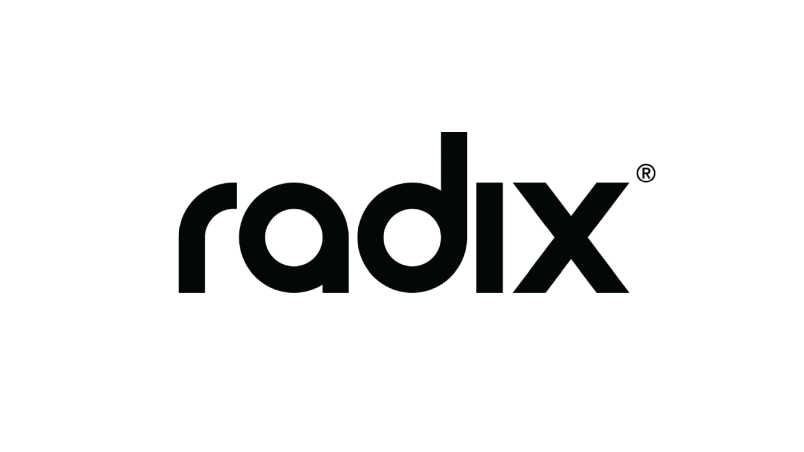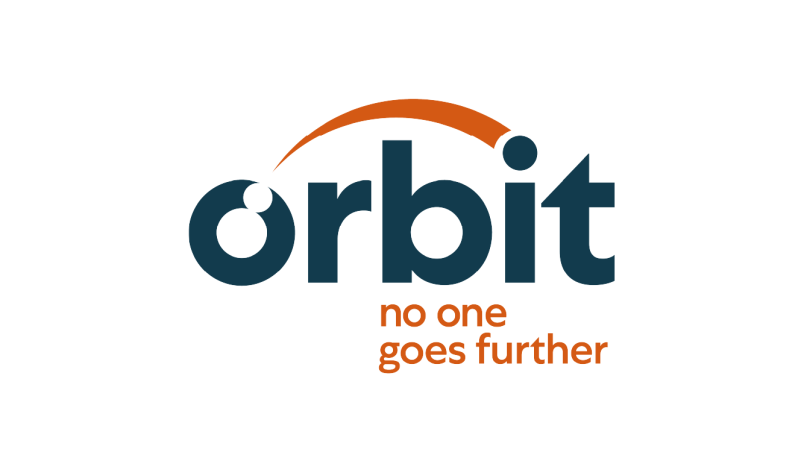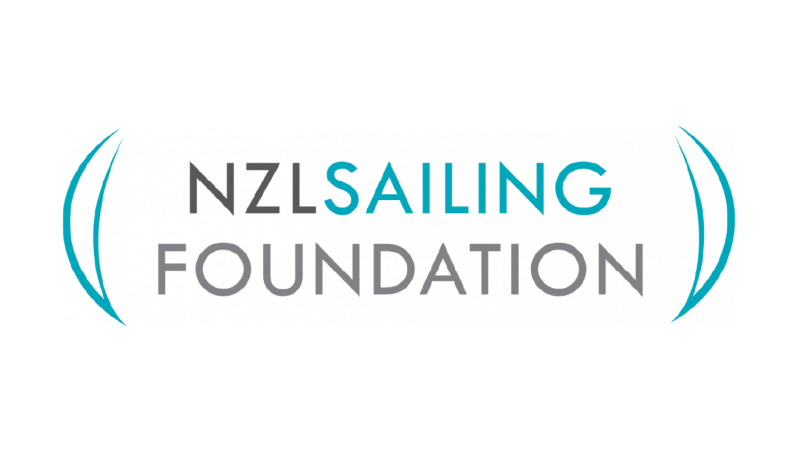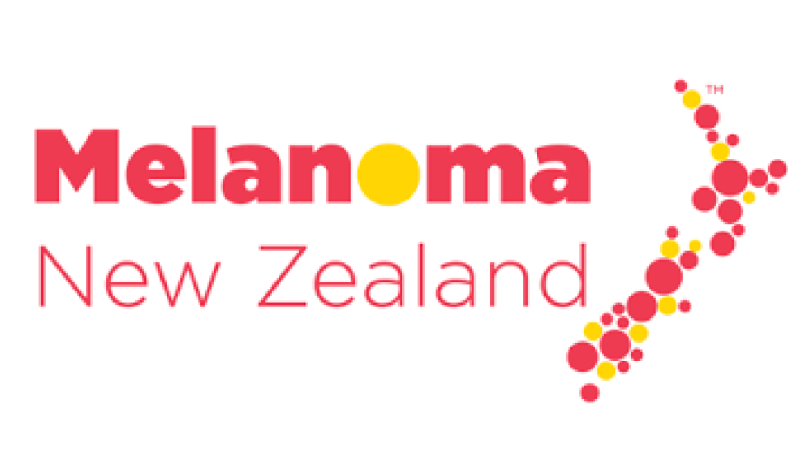Gradual changes prompting a rethink within NZIODA
Most sailors in this country start out in an Optimist. New Zealand International Optimist Dinghy Association president David Kayrouz provides an update on the class.
At a local yacht club on a recent Sunday morning, I overheard a conversation between a super yacht skipper and a new parent.
The parent, hungry for advice, was accompanied by a sailor-to-be, his aspiring 36kg son. The skipper was free with his advice for the ‘green’ dad, who was just getting into it.
“Get an old, wooden Opti,” he encouraged. I was amused to hear him suggest with some authority, besides cost, the main difference was the new glass ones were lighter. The guidance was well intended and leaned towards the fact that this son should have fun.
I had to agree with his sentiments but seriously wondered how long he had been offshore. Later, an opportunity presented itself to point out to the dad that old glass ones are pretty cheap, too, highly durable and that their gunnels are made to keep out much more water were a lot more comfortable to sit on - make that hike.
Like people, organisations can get out of touch. The New Zealand International Optimist Dinghy Association have grown enormously in the 20 years or so it has been supporting the class in this country, while at the same time the skill levels and standards internationally for this class have grown significantly and become more regulated.
An established doorway to sailing internationally, the Optimist, with 400,000 boats worldwide, has offered a foothold for many Olympians in recent decades. In New Zealand we have about 400 class-registered boats, with a majority of our youth champions through to America's Cup sailors having had their first experiences in an Opti.
Over time, however, the current committee acknowledges much of the association’s volunteer resources have moved towards catering for the class' higher-level sailors and possibly at the expense of entry-level sailors.
This happens quickly for some children, which certainly forms a deterrent for the new sailor who may learn at different speeds and not want the cost and competitiveness involved in high level competition.
While the association's national mandate is to apply class rules nationally and choose the class sailors who will represent the country internationally, we see the need to lead initiatives that will support beginners and better cater for a gradual transition to broader levels of participation in sailing generally.
One such move is to develop green-fleet activities that are skill based so as not to just rely on racing and include these alongside NZIODA events. A video has also been produced for presentation by clubs and coaches to potential sailors and parents advocating the life skill opportunities the class presents to children.
Development teams are also open to transitioning sailors - the most popular now is to Noumea.
Former treasurer Mark Shapland was instrumental in establishing a girls' development team, which has proved to be a boon for female sailors.
With World Sailing encouraging more participation among women, our upcoming girls have travelled to Australia as a group for the last three years with their female coaches. This year a past participant, Amelia Angus, ranked with our worlds team to Cypus.
The Opti association have remained volunteer run since inception. Managed by a succession of parents has created some limitations, which prompts the present committee to review the structure with an eye to establishing a paid national co-ordinator. This would allow more strategic development of this class.
